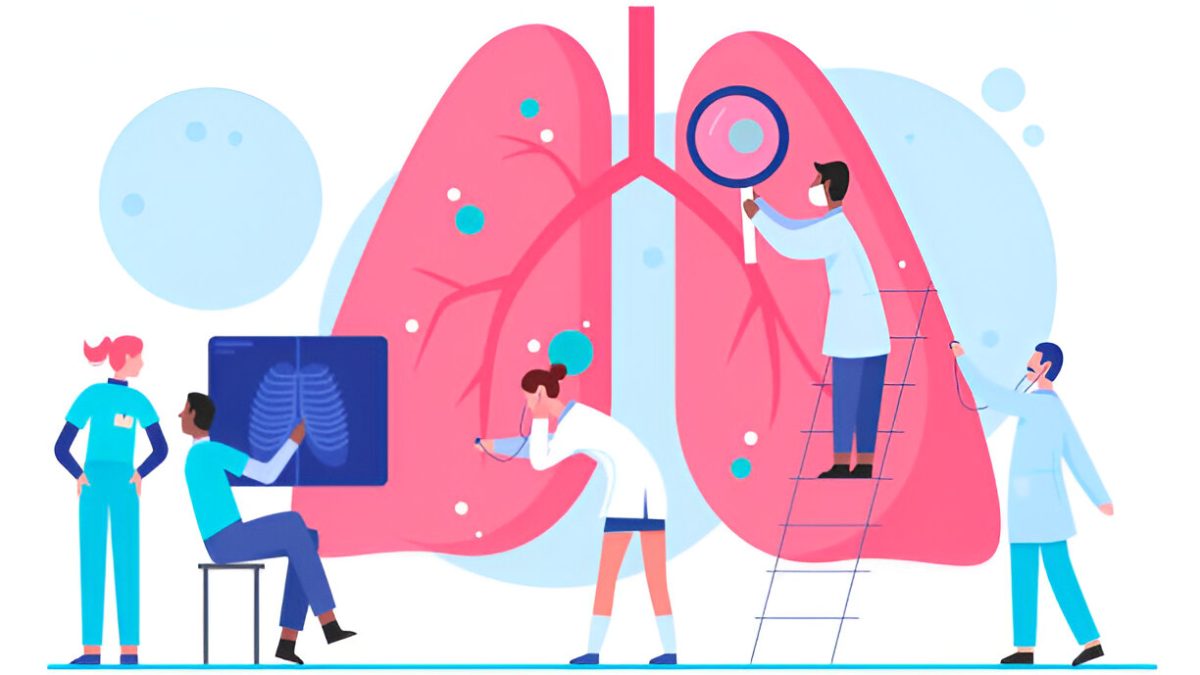
What’s a Swap Kidney Transplant and How Does It Work?
October 10, 2024If you are experiencing severe flank pain, recurrent urinary tract infections, or swelling of the kidney, you may be suffering from a condition known as Ureteropelvic Junction (UPJ) obstruction. This is a blockage where the kidney meets the ureter, the tube that carries urine to the bladder. Fortunately, with advances in medical technology, Laparoscopic Pyeloplasty in Chandigarh offers a highly effective, minimally invasive surgical solution that restores normal urine flow, preserves kidney function, and speeds up recovery.
What is UPJ Obstruction?
UPJ obstruction occurs when the flow of urine is blocked at the junction where the renal pelvis (part of the kidney) connects to the ureter. This blockage causes urine to back up into the kidney, leading to swelling (hydronephrosis), pain, infections, and sometimes kidney damage.
Common Causes of UPJ Obstruction
- Congenital Defect: Most cases are present from birth due to abnormal development of the ureter or surrounding tissues.
- Scar Tissue or Fibrosis: Prior infections, surgeries, or injuries can cause scar tissue that narrows the junction.
- Kidney Stones: Large stones can block urine flow.
- External Compression: Blood vessels or tumors near the UPJ can press on and block the ureter.
- Crossing Vessels: An abnormal blood vessel crossing the ureter may cause obstruction.
Symptoms to Watch For
- Persistent flank or abdominal pain, especially after drinking fluids
- Recurrent urinary tract infections
- Blood in urine (hematuria)
- Nausea or vomiting due to pain
- Swelling in the kidney visible on imaging tests
If you experience these symptoms, it’s essential to consult a specialist for evaluation.
Diagnosis
Diagnosis involves:
- Ultrasound: To detect kidney swelling.
- CT Scan or MRI: Detailed imaging to pinpoint obstruction.
- Diuretic Renography: To assess kidney function and drainage.
- Urine tests: To check for infections or blood.
What is Laparoscopic Pyeloplasty?
Laparoscopic Pyeloplasty is a minimally invasive surgical technique used to correct UPJ obstruction. Instead of a large open incision, surgeons use several small cuts to insert a camera and instruments, allowing them to remove the blocked segment and reconstruct the connection between the kidney and ureter.
Advantages of Laparoscopic Pyeloplasty:
- Less pain and scarring compared to open surgery
- Faster recovery and shorter hospital stay
- Reduced risk of infection
- High success rates (over 90%)
- Excellent preservation of kidney function
Treatment Options for UPJ Obstruction
- Observation: In mild cases without symptoms or kidney damage, doctors may monitor regularly.
- Endopyelotomy: A less invasive procedure using a balloon or laser to widen the blocked area (less effective than pyeloplasty).
- Open Pyeloplasty: Traditional surgery with a large incision, now less commonly done.
- Laparoscopic Pyeloplasty: The gold standard, especially in Chandigarh’s leading centers.
- Robotic-Assisted Pyeloplasty: An advanced form of laparoscopic surgery using robotic arms for precision.
Meet Dr. Neeraj Goyal – Specialist in Laparoscopic Pyeloplasty in Chandigarh
Dr. Neeraj Goyal is a highly qualified urologist renowned for his expertise in minimally invasive kidney surgeries, including Laparoscopic Pyeloplasty in Chandigarh. With years of experience and advanced training, Dr. Goyal provides personalized care using the latest technology to ensure optimal outcomes.
His approach emphasizes:
- Accurate diagnosis and comprehensive pre-surgical planning
- State-of-the-art laparoscopic techniques
- Patient comfort and minimal downtime
- Ongoing follow-up to monitor kidney health
You can learn more about his services and expertise by visiting kidneytransplantsurgeon.com.
Preparing for Surgery and Recovery
Before surgery, patients undergo routine blood tests, imaging, and anesthesia evaluation. On the day of surgery, small incisions are made, and the surgeon uses a laparoscope to correct the blockage. The procedure typically lasts 2 to 3 hours.
Post-surgery:
- Patients may stay in the hospital for 2-3 days
- Pain and discomfort are managed with medications
- Most return to normal activities within 2-4 weeks
- Follow-up imaging ensures successful drainage and healing
Conclusion
If you or a loved one is facing the challenges of UPJ obstruction, Laparoscopic Pyeloplasty in Chandigarh offers a safe, effective, and minimally invasive treatment option that can restore kidney function and relieve symptoms. Dr. Neeraj Goyal, a leading expert in this field, provides world-class care at kidneytransplantsurgeon.com, using advanced laparoscopic techniques to deliver the best outcomes.
Don’t let kidney blockage affect your quality of life. Consult with Dr. Neeraj Goyal today to explore your treatment options and take the first step towards a healthier future.

